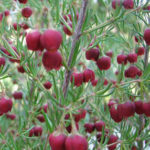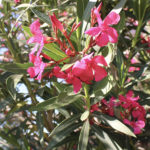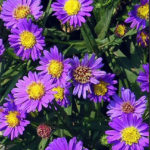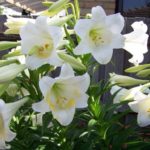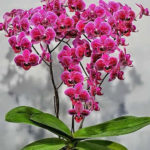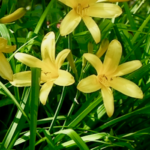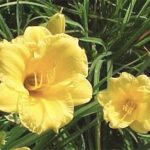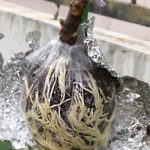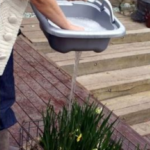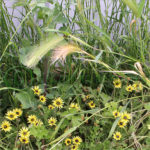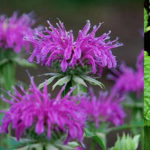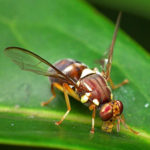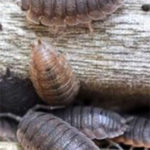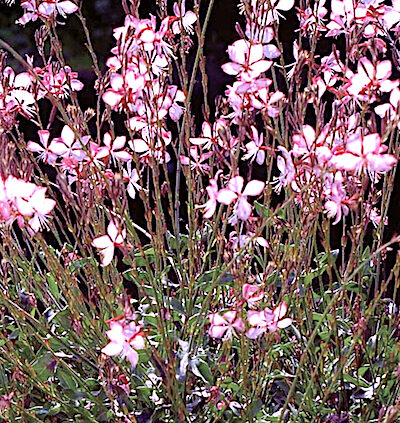
Gaura Bush Whirling Butterflies Wand Flower Care
Gaura Bush Whirling Butterflies Wand Flower Growing Planting & Propagation
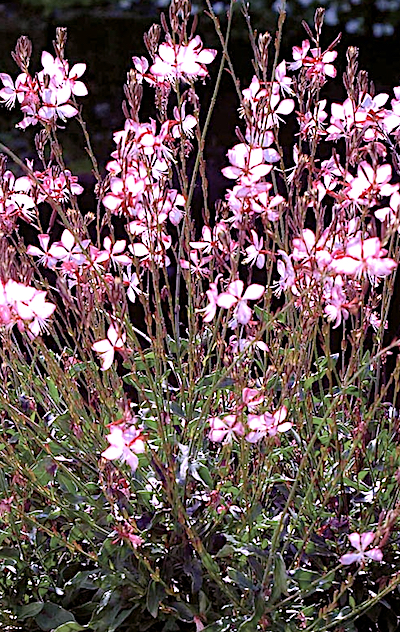 Gaura (Gaura lindheimeri) is also known as whirling butterfly or wand flower. This perennial plant produces masses of pink or white flowers on long flower stems. The flowers appear like butterflies dancing in the breeze and hence the name. Though the plant is native to North America it grows well in hot dry conditions in Australia. This plant is low maintenance plant and produces blooms from mid–spring to autumn. We love to grow different cultivars of the Gaura plant which ranges from 15 inches to 4 feet tall. There are varieties that are compact and can be grown in containers. The leaves are lance shaped, variegated, green leafed some varieties with burgundy tinged new growth and the flowers are one inch in size with four petals. Gaura flowers last for one day like the daylily and continue to grow for months on strong wiry stems if not cut back.
Gaura (Gaura lindheimeri) is also known as whirling butterfly or wand flower. This perennial plant produces masses of pink or white flowers on long flower stems. The flowers appear like butterflies dancing in the breeze and hence the name. Though the plant is native to North America it grows well in hot dry conditions in Australia. This plant is low maintenance plant and produces blooms from mid–spring to autumn. We love to grow different cultivars of the Gaura plant which ranges from 15 inches to 4 feet tall. There are varieties that are compact and can be grown in containers. The leaves are lance shaped, variegated, green leafed some varieties with burgundy tinged new growth and the flowers are one inch in size with four petals. Gaura flowers last for one day like the daylily and continue to grow for months on strong wiry stems if not cut back.
Gaura Plant Growing Conditions
The Gaura plant requires an open and sunny location and well drained soil for its growth. The plant has a long tap root and this makes them very drought tolerant. They grow well in dry conditions once they are established likewise heavy wet winters can be highly damaging to the plant.
When planting Gaura in your garden during spring make sure that the plants have at least 12 inches of space between them. Growing 4 to 5 plants in a group will give maximum impact on your garden.
Caring for Gaura Plant
It is better to plant Gaura in raised beds and make sure that compost and grit are added to the soil before planting them. The plant needs to be cut back during autumn. Gaura plant is an herbaceous perennial which remains dormant during cold winter weather and will produce new shoots during early spring from underground. Cutting back the shoots when they reach 20cm in height will make the plant compact and stronger.
Cutting back the shoots will also improve flower production. New flowers will start appearing about 6 to 7 weeks after pruning in spring until the first frost. Though Gaura can thrive in poor soil adding good quality all-purpose fertiliser in spring will help in producing more blooms. Gaura plant is usually resistant to pest attacks and diseases and because of that taking care of the plant is easy. Spider mites and aphids may attack these plants. Gaura plants do not like to be transplanted this means it is better to start growing in the exact place in your garden where you need them to grow. If left to grow they can spread to nearby areas and removal of the plant outside the growing boundary may be required once a year. After planting the Gaura plant the normal needs are deep watering but once established water them infrequently. Cutting back the flower stems of Gaura plant after the first flowering flush when flowers are in short supply will encourage further blooming in four weeks time.
Propagating Gaura Plant
Wait for one season to propagate these plants. The plant is self seeding and will sow new seedlings by itself in the following season. Take these small seedlings to plant in new locations. As the Gaura plant is a long tap rooted plant, moving a large division of the plant will not work. You can also take soft tip cuttings or semi-hardwood cuttings from the plant during summer to propagate the plant with or basal cuttings soon after they shoot from the ground.
Gaura Varieties you may be interested in
You can grow different varieties of Gaura in your garden some of the options are
- Crimson butterflies- This plant has burgundy coloured foliage and bright pink flowers.
- Siskiyou- available in white and pink varieties and are long flowering.
- Corries Gold- This plant has variegated foliage with a golden tinge and produces white flowers with a pink tinge.
- Gaura Rosie Jane– a new variety in our garden features a bright pink picotee edge on white flowers a deciduous variety.
Where do Gaura plants grow in Australia
Gaura plants are popular in all types of gardens and will grow in most parts of Australia except for the far north wet tropics of our country.



